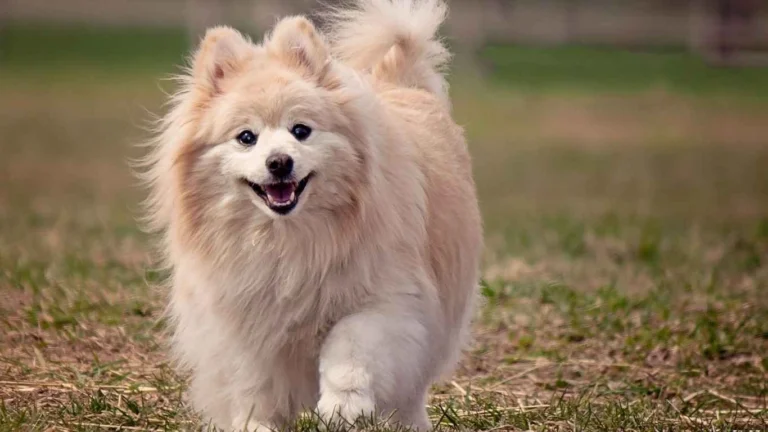Top-Rated Dog Foods That Mimic a Wolf’s Natural Diet Perfectly
When it comes to feeding our dogs, I’ve learned through my years as an Animal Care Specialist—both in bustling pet clinics and heart-tugging shelters—that the “one size fits all” mindset just doesn’t cut it. Dogs may have evolved from wolves thousands of years ago, but that wild ancestry still plays a big role in how their bodies process food today. That’s why many dog lovers (myself included!) are leaning into the idea of feeding their pups the best dog foods that mimic a wolf’s natural diet. These aren’t just trendy marketing ploys—they’re rooted in a real understanding of canine biology and behavior. Let’s dig into why this primal approach to feeding might just be the healthiest choice you can make for your furry best friend.
Why Your Dog’s Inner Wolf Still Matters
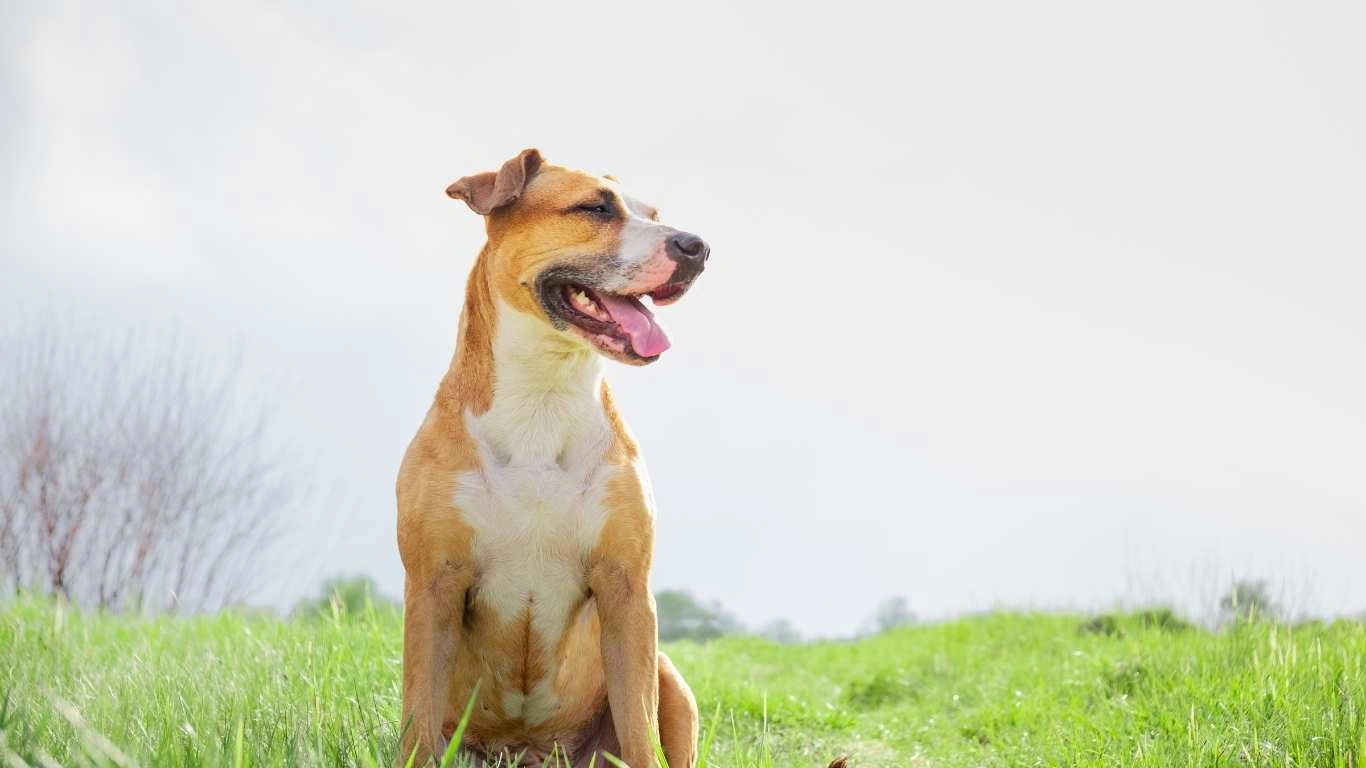
Even though your dog might be more couch potato than pack hunter, their digestive system hasn’t strayed far from their wild ancestors. Dogs are technically omnivores now, sure—but their digestive tracts and teeth still strongly resemble that of a carnivore. This means they thrive on diets that are high in animal proteins and fats, and low in processed carbs.
I remember back in the shelter, we had this German Shepherd named Jax who came in with dull fur, low energy, and chronic itching. Nothing we tried helped until we switched him to a high-protein, raw-based diet. Within weeks, he was practically glowing—energy up, coat shiny, and no more itchy skin. That transformation stuck with me.
The Link Between Diet and Behavior
This might surprise you, but what dogs eat affects their behavior just as much as it does their health. Diets high in fillers and low in real protein can make some dogs sluggish, anxious, or hyperactive. On the flip side, a clean, protein-rich diet that mirrors what wolves eat in the wild—think raw meat, organs, bones, and a few wild berries or greens—can help regulate energy levels and mood.
We used to have a regular at the clinic, a sweet but nervous Husky mix named Nala. Her owner was frustrated with her mood swings and skittishness. After some diet coaching, they swapped her dry kibble for a raw, ancestral-style meal plan. Within a month, Nala was a different dog—calmer, more focused, and definitely more joyful.
What Does a Wolf-Like Diet Look Like?
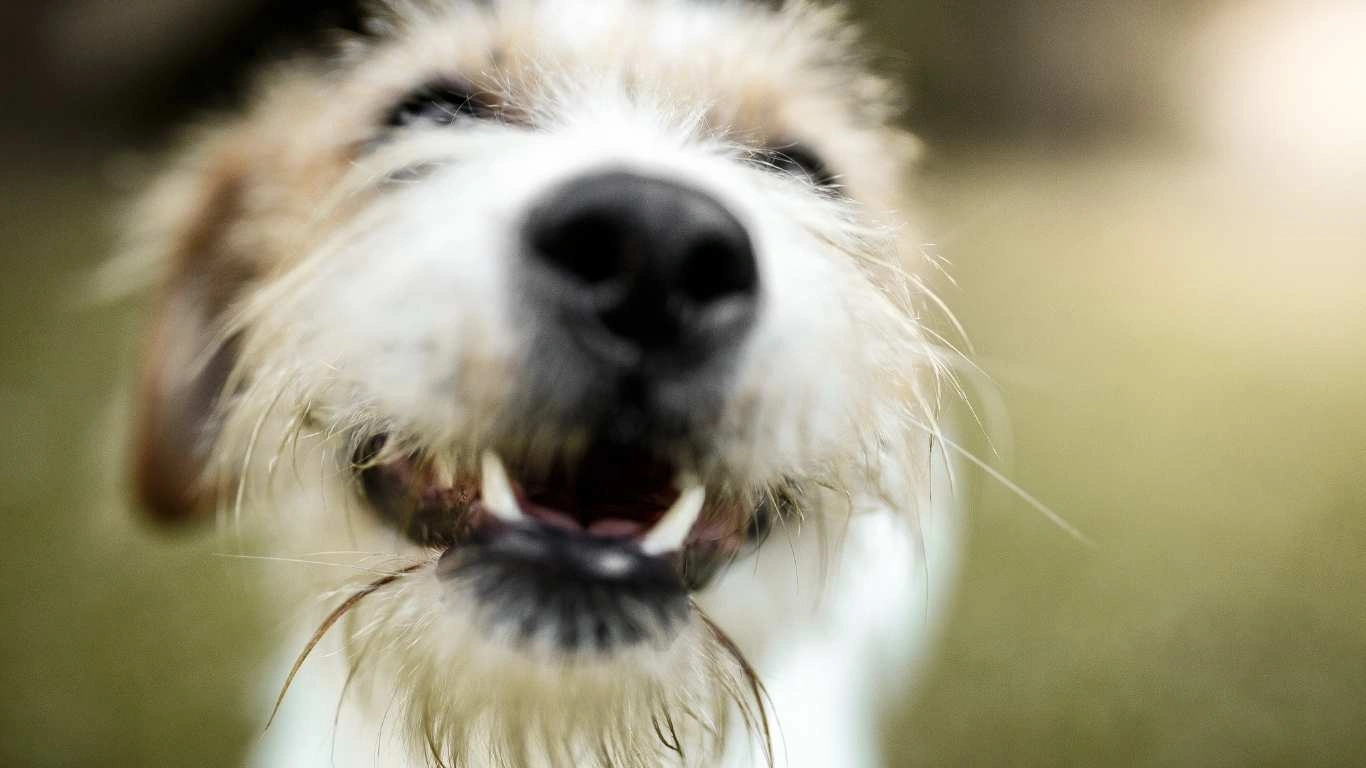
Let’s break it down. A wolf’s natural diet in the wild is incredibly rich in nutrients—because they eat the whole prey. Dogs can’t exactly hunt elk in your backyard, but we can mimic the nutrition profile with carefully formulated foods or raw feeding plans. Here’s what that looks like:
- Raw muscle meat – This is the base of a wolf-like diet and includes things like beef, chicken, or turkey.
- Organ meats – Liver, kidneys, and hearts are nutritional powerhouses that wolves rely on for vitamins and minerals.
- Raw meaty bones – These provide calcium, phosphorus, and mental stimulation. Always feed appropriately sized, non-weight-bearing bones.
- Minimal fruits and vegetables – Things like blueberries, spinach, or pumpkin can mimic what wolves might eat from the stomach contents of prey.
Pro tip from the clinic: Don’t just jump into raw feeding without doing your homework. Balance is key, and it’s worth consulting a vet or canine nutritionist to get it right. I’ve seen people unintentionally cause deficiencies with DIY raw meals that looked great but lacked essential nutrients.
Top Commercial Dog Foods That Mimic a Wolf’s Natural Diet
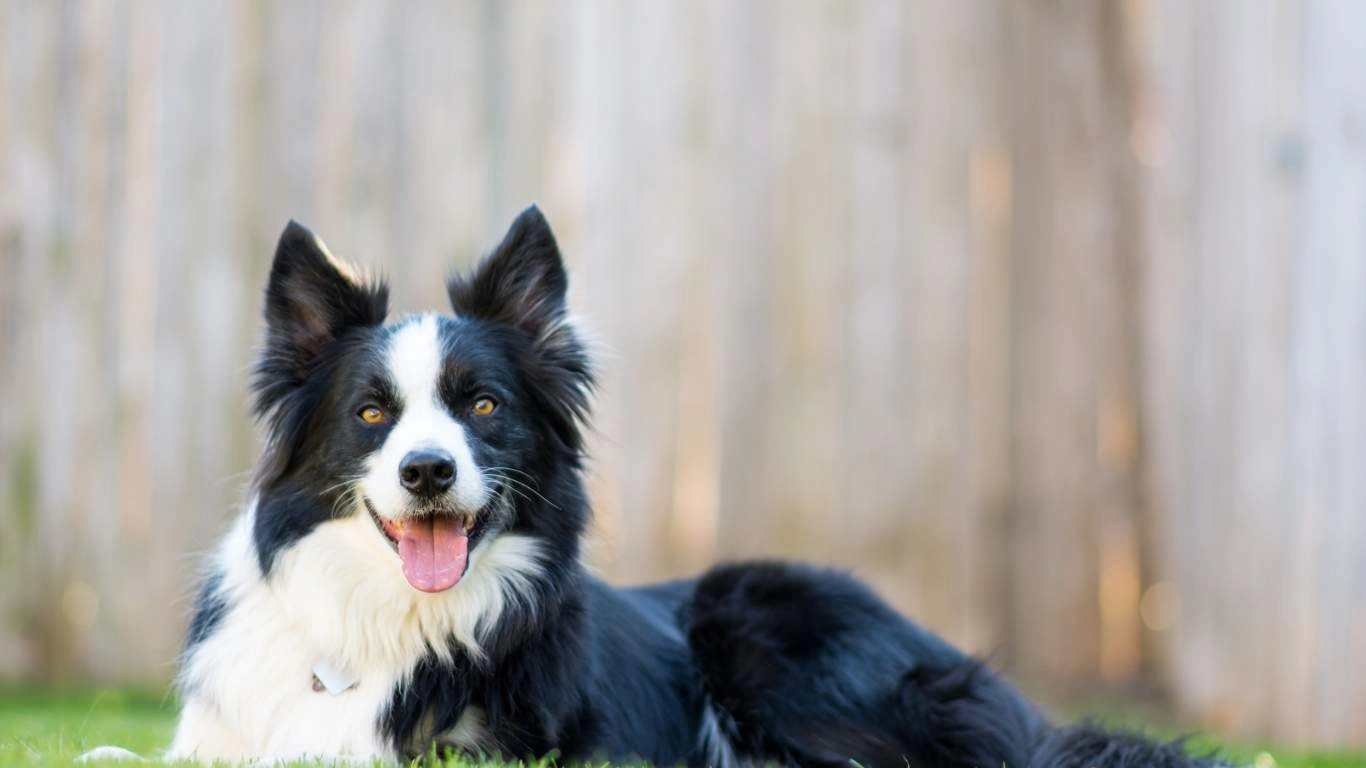
If raw feeding sounds a little intimidating (you’re not alone!), there are some fantastic commercial options that strive to offer the best dog foods that mimic a wolf’s natural diet—without requiring a butcher’s apron. These brands use whole food ingredients, minimal processing, and often freeze-drying or gentle cooking methods to preserve nutrients.
- Stella & Chewy’s Raw Coated Kibble – This one’s a favorite at the shelter. Real meat is always the first ingredient, and the kibble is coated in freeze-dried raw for added nutrition.
- Primal Freeze-Dried Nuggets – Easy to store, easy to serve. These are raw meals in convenient nugget form. Dogs go nuts for them.
- Instinct Raw Boost – This combines high-protein kibble with freeze-dried raw bites for the best of both worlds.
- Open Farm RawMix – Ethically sourced meats and nutrient-dense organ additions? Yes, please. Plus, they’re super transparent with ingredients.
I’ve seen dogs with chronic allergies, digestive issues, or even behavioral quirks show major improvement just from switching to one of these. They’re not magic, but they’re pretty darn close when chosen wisely and introduced properly.
How to Transition Your Dog to a More Ancestral Diet Safely

So, you’re sold on the idea of feeding your pup something closer to what their wolf ancestors ate—but where do you even start? Trust me, I’ve been there. I’ve helped countless pet parents at the clinic make the switch, and the key word is: slowly. Your dog’s digestive system might be a little shocked if you go from kibble to raw overnight. And nobody wants a gassy German Shepherd tearing up the living room.
Here’s the process I usually recommend (and have used personally):
- Start small: Mix in just 10–15% of the new food with your dog’s current diet.
- Watch for signs: Monitor for digestive changes—good or bad. A little soft stool at first is normal, but vomiting or excessive diarrhea? That’s a red flag.
- Gradually increase: Over 7–10 days, slowly increase the new food while reducing the old one.
- Hydration matters: Especially with raw or freeze-dried food, make sure your pup’s water intake is up to par. Add bone broth or warm water to meals if needed.
One of my favorite success stories was a senior Lab named Murphy. He came into the clinic barely able to walk without stiffness. His owner, hesitant but willing, transitioned him to a raw-based, wolf-style diet over a few weeks. By week three, Murphy was bounding up the porch stairs like he’d shaved five years off his age. It was like watching a miracle on four paws.
Common Myths About Raw and Ancestral Diets

I’ve heard them all, from “raw food makes dogs aggressive” to “it’s not safe because of bacteria.” Let’s set the record straight—because a lot of these fears come from outdated info or misunderstandings.
Myth #1: Raw diets are dangerous due to bacteria
Yes, raw meat carries bacteria. So does your own chicken dinner if it’s undercooked. But dogs have much more acidic stomachs than humans, and their digestive systems are built to handle raw food. That said, proper food handling is non-negotiable. Clean surfaces, wash your hands, and store food correctly. Same rules you’d follow in your own kitchen.
Myth #2: Dogs need grains for energy
Not really. While some dogs tolerate grains just fine, wolves certainly don’t dig for wheat. Dogs can get all the energy they need from animal fats and small portions of fibrous veggies. I once treated a Border Collie who was sluggish and constantly itchy on a grain-heavy commercial kibble. A shift to a grain-free, high-protein, ancestral-style food turned her into a whole new dog—more energy, less scratching, and better focus during agility training.
Myth #3: It’s too expensive
Honestly? It can be, depending on how you go about it. But not always. There are budget-friendly raw brands, bulk-buy options, and even co-ops in some areas. Plus, feeding higher-quality food now can help avoid vet bills later for things like allergies, joint issues, and digestive problems. That’s a trade-off I’ll take any day.
Signs Your Dog Might Thrive on a Wolf-Like Diet
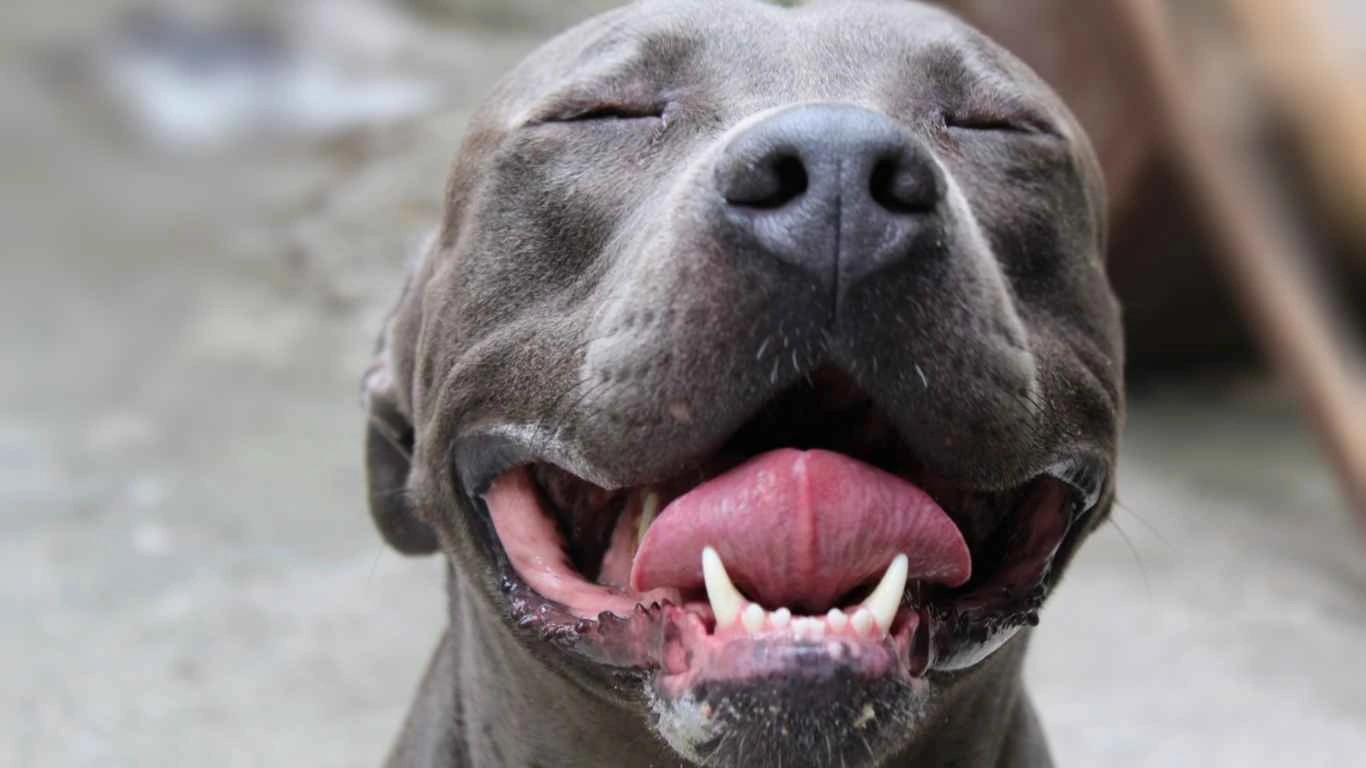
Still wondering if this approach is right for your pup? Here are a few signs I’ve seen—time and again—that suggest your dog could benefit from a more natural, ancestral-style meal plan:
- Chronic skin issues – Especially itchy ears, paws, or dry flaky skin.
- Poor coat condition – Dull fur, excessive shedding, or bald patches.
- Digestive problems – Frequent diarrhea, gas, or vomiting after meals.
- Low energy – Dogs who nap more than play might be lacking the right fuel.
- Behavioral quirks – Anxiety, restlessness, or even unexplained aggression can sometimes improve with better nutrition.
I always tell people this: you don’t have to go 100% raw overnight. Even just swapping one meal a day, or topping your dog’s kibble with raw or freeze-dried additions, can make a noticeable difference. And that’s exactly how I started with my own rescue pup, Marley. We began with raw toppers and bone broth, and over a few months, transitioned him fully to a wolf-inspired diet. Now? He’s thriving. No more itchy ears. Solid poops. And energy for days (which is both a blessing and a curse, haha).
Bottom line—dogs are individuals, but biology doesn’t lie. A diet that honors their wild roots often leads to visible, lasting improvements. And as someone who’s seen it firsthand in clinics, shelters, and my own home, I’m all in.
How to Customize a Wolf-Inspired Diet for Your Dog’s Unique Needs
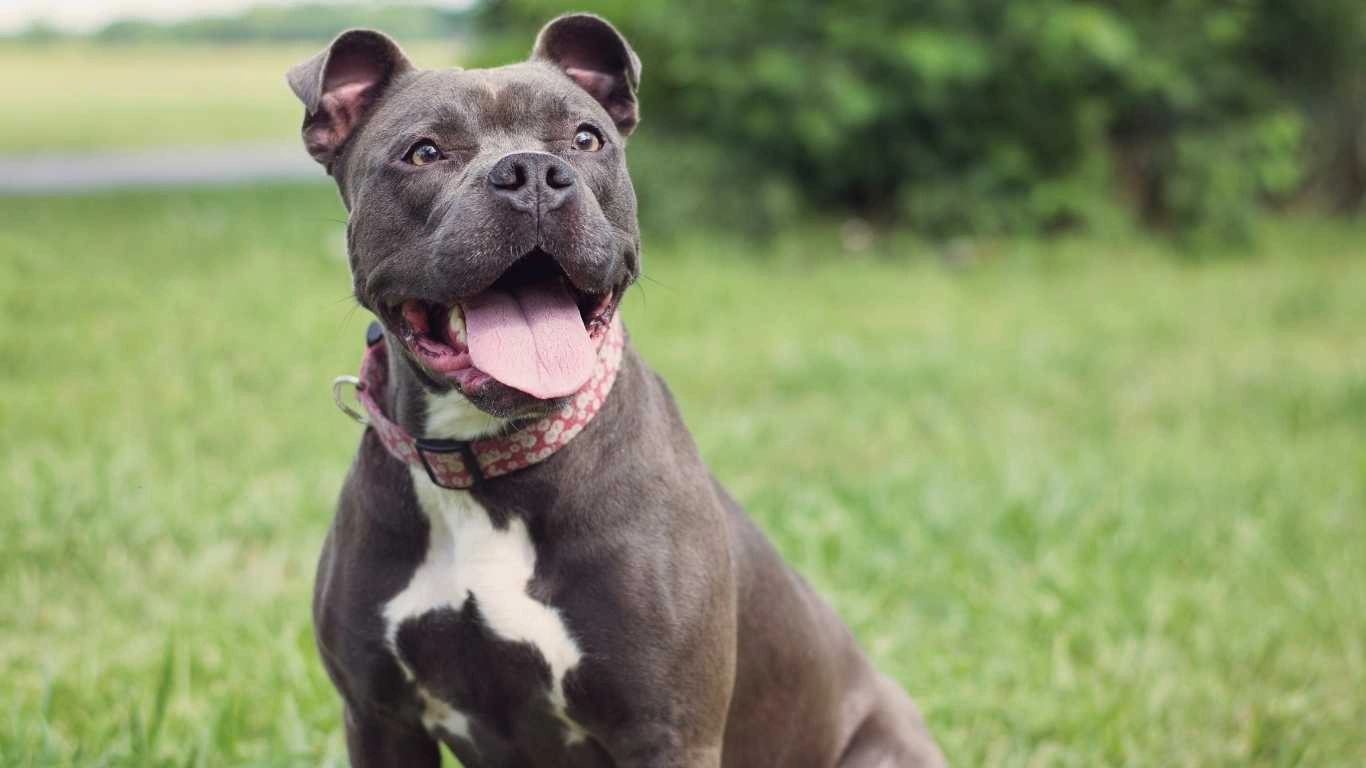
Now that we’ve covered the benefits and busted the myths around the best dog foods that mimic a wolf’s natural diet, let’s talk about tailoring it to your specific dog. Just like us, dogs aren’t one-size-fits-all. What works for a lean, high-energy working dog might be totally wrong for a tiny senior lap dog with a delicate tummy.
Back when I worked in the clinic, we had a regular—a sweet little Dachshund named Poppy—whose owner was convinced raw meant “lots of meat.” She was feeding Poppy all chicken breast and wondering why the poor thing was constipated and lethargic. Turns out, that diet was way out of balance—no fiber, no calcium, and zero organ meat. Once we introduced a more varied, nutrient-dense mix, Poppy perked up fast.
Factors to Consider When Creating a Custom Diet:
- Age – Puppies need more calcium and phosphorus for growth. Seniors might benefit from added joint support (like bone broth or omega-3s).
- Activity level – High-energy dogs need more fat and calories. Couch potatoes? Not so much.
- Breed and size – Big dogs often benefit from more bone and cartilage support. Small breeds might need softer bones and smaller portions.
- Health conditions – Dogs with kidney issues, pancreatitis, or allergies need specific tweaks. Always consult a vet if your dog has a medical condition.
It’s not about throwing some ground beef in a bowl and calling it primal. It’s about balance. Wolves in the wild eat everything—organs, bones, connective tissue, and even fur. Recreating that variety, even in simplified form, is what gives your dog the full spectrum of nutrients they need.
Feeding Tips from My Daily Practice

I’ll be real with you—feeding raw or wolf-like diets isn’t always sunshine and wagging tails right away. There’s a bit of a learning curve. But with a few insider tips, you’ll be ahead of the game.
- Meal Prep Days: I do a big batch once a week—portion out raw meats, freeze-dried organs, chopped veggies, and freeze what I won’t use in 3 days. Total time? About 45 minutes. And my dog eats better than I do most nights.
- Supplements Count: Even the best raw diets sometimes need a little boost. I add omega-3s, vitamin E, and probiotics regularly. Bone broth is another MVP in my house.
- Rotate Proteins: Don’t stick with just one. Rotate between beef, turkey, lamb, sardines, even duck if your dog tolerates it. This helps avoid allergies and ensures nutrient variety.
- Watch the Poop: Yep, I said it. Poop tells all. Chalky white? Too much bone. Loose and stinky? Could be too much organ meat or fat. You’ll become a poop detective fast, trust me.
It took me a few months to really dial in my dog’s diet—and every dog I’ve worked with has been different. But the payoff? Vibrant health, fewer vet visits, and a dog who actually lives their best life. That’s the kind of transformation I’ll always advocate for.
Final Thoughts: Let Your Dog’s Ancestry Guide Their Nutrition
Modern kibble is convenient, sure. But convenience doesn’t always equal health. Tapping into your dog’s wild ancestry with the best dog foods that mimic a wolf’s natural diet is about returning to what their bodies were made for—real food, rich in protein, with ingredients that haven’t been cooked beyond recognition.
I’ve spent years in shelters and clinics watching dogs go from sickly and sluggish to vibrant and energetic just by switching up what’s in their bowl. You don’t need to go full raw right away. You don’t even need to be perfect. But starting somewhere—and doing it with intention—can create a ripple effect of health you’ll see in your dog every day.
And when that tail starts wagging a little higher, their eyes shine a little brighter, and they run like they’re five years younger—you’ll know it’s working.
References
- American Veterinary Medical Association
- National Geographic
- National Center for Biotechnology Information (NCBI)
- American Gastroenterological Association
- World Small Animal Veterinary Association
Disclaimer
This article is for informational purposes only and is based on personal experience as an Animal Care Specialist. Always consult a licensed veterinarian or certified canine nutritionist before making major changes to your dog’s diet—especially if they have underlying health conditions.

